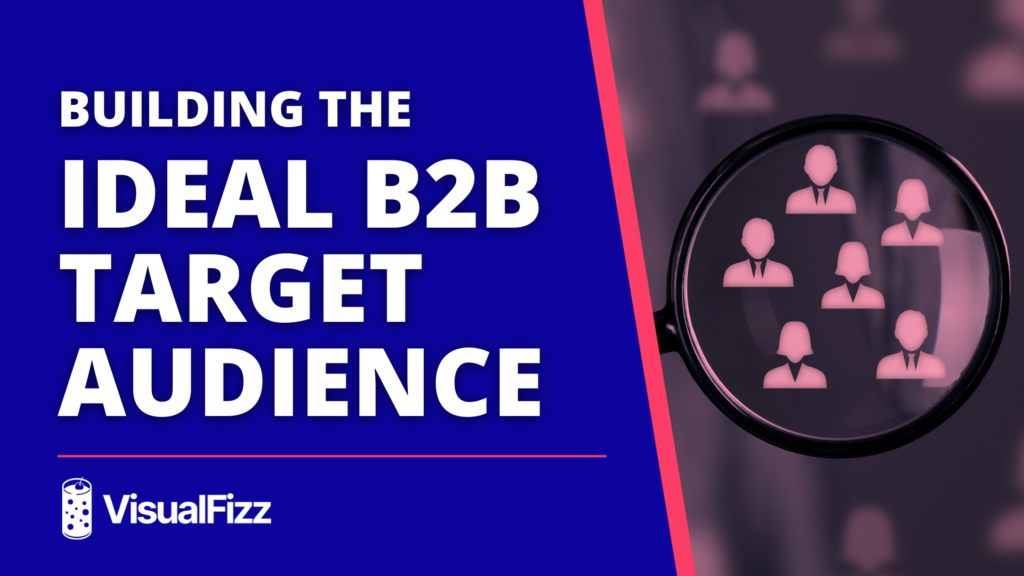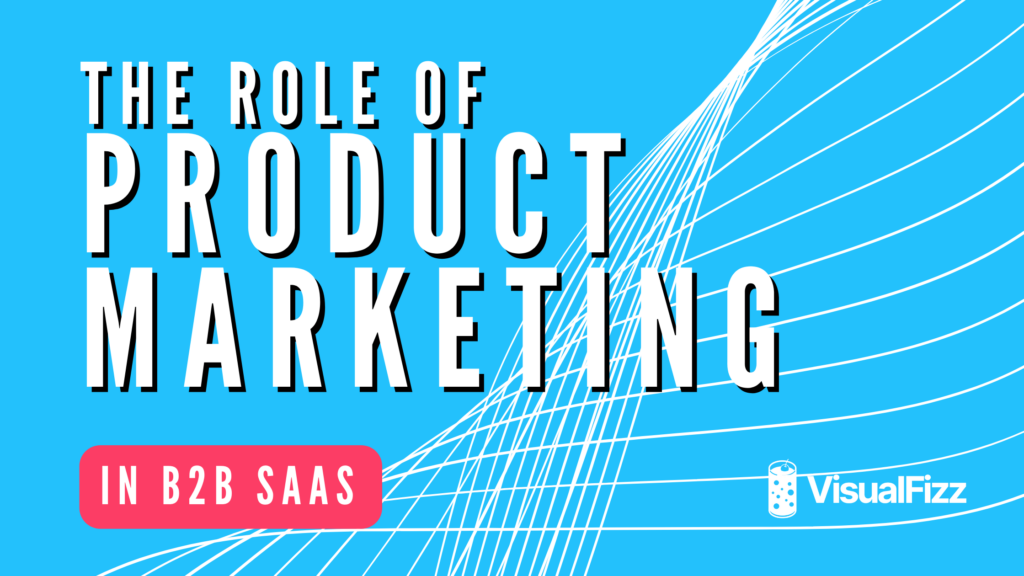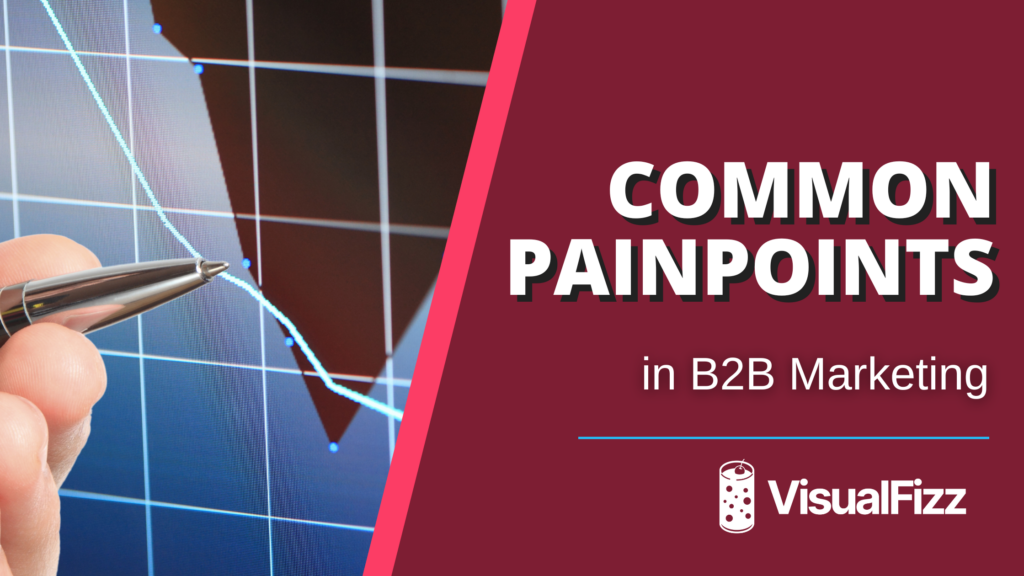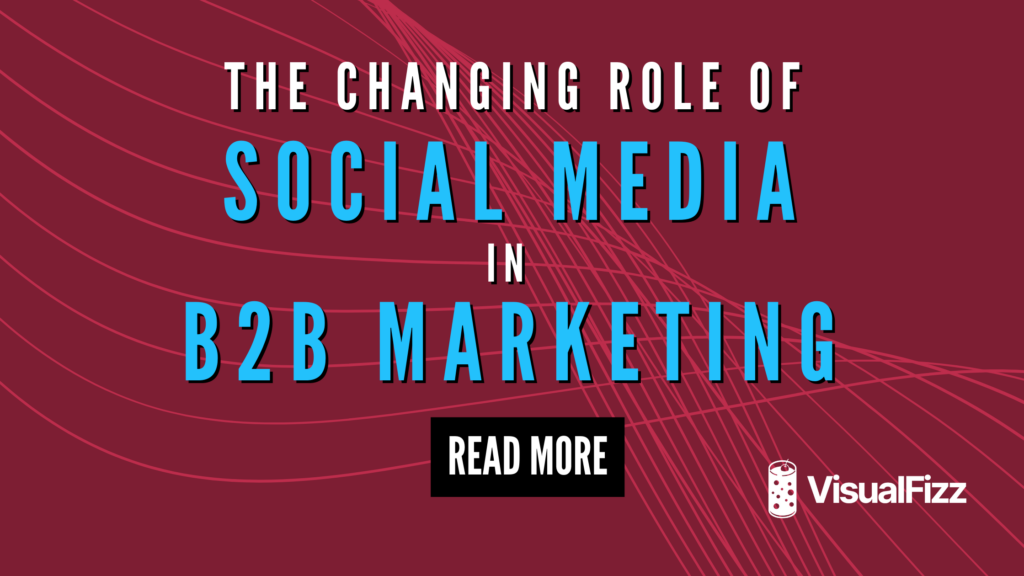
Finding the right audience for your products or services can sometimes feel like searching for a needle in a haystack—but it doesn’t have to be this way!
By building well-defined B2B target audiences, you can focus your marketing efforts where they matter most and connect with businesses that truly need what you offer.
So, how can you identify and build your ideal B2B target audiences? Instead of shooting in the dark, you can follow our practical strategies and tips to help you understand your potential clients better and reach them more effectively.
Here are a few ways to refine your target audience so you can craft messaging that truly resonates with them.
Define Your Ideal Customer Profile (ICP)
To build your B2B target audience effectively, you need to start by defining your ideal customer profile (ICP). This crucial step helps you focus your marketing efforts on the companies most likely to benefit from your product or service.
Building an Ideal Customer Profile takes some effort. Be sure your strategy incorporates the following:
Analyze Your Current Customer Base
The most logical starting point is the people who are already doing business with your company.
Look at who’s getting the most value from your offerings. These are typically the companies your sales team has recently upsold or those showing high levels of engagement.
Gather data from various sources, such as:
- Google Analytics
- Customer surveys
- Sales reports
- Social media analytics
This information will give you insights into your customers’ demographics, firmographics, and behavior patterns.
Pay attention to factors such as industry type, company size, location, and annual revenue. Also, consider their online behavior, such as the devices they use and the platforms they prefer. This data will help you create a more accurate portrait of your ideal customer, leading to better-targeted marketing strategies.
Identify Key Firmographic Data
Firmographic data is essential for B2B target audience research. It focuses on organizational characteristics rather than individual traits.
Some key firmographic variables to consider include:
-
- Industry: Identify the sectors where your product or service is most valuable.
- Company size: Determine whether you’re targeting small businesses, mid-sized companies, or large enterprises.
- Revenue: Understanding a company’s revenue can indicate its purchasing power and potential budget for your offerings.
- Number of employees: This can help you gauge the scale of operations and potential needs.
- Location: Geographic data can be crucial, especially if local regulations or economic conditions affect your product’s relevance.
- Growth stage: This indicates whether a company is a startup, scaling up, or mature. A company’s growth stage can significantly influence its needs and priorities.
- For example:
-
-
- Startup Stage: A new tech company may need funding and brand awareness to launch its first product.
- Mature Stage: An established corporation is more likely to focus on optimizing operations and expanding into new markets.
-
By analyzing these firmographic attributes, you can create more focused marketing campaigns that resonate with specific business segments.
Create Buyer Personas
Some people use the phrases “ICP” and “buyer persona” interchangeably. The truth is that they’re two different concepts, although they’re related.
While your ICP gives you a broad picture of your target companies, buyer personas zoom in on the individuals involved in the purchase process.
These semi-fictional representations of your ideal customers help you understand the decision-makers within your target organizations.
When creating B2B buyer personas, consider the following:
- Role in the buying process: Identify who has the most influence and purchasing power within the organization.
- Challenges and pain points: Understand what keeps them up at night and how your solution can help.
- Goals and motivators: What are their professional and organizational objectives?
- Information sources: Where do they go to learn about solutions like yours?
- Buying behavior: How do they typically make purchasing decisions?
It’s OK to have multiple buyer personas—complex B2B purchases often involve several decision-makers. However, start with three to five personas to avoid overcomplicating your strategy.
By defining your ideal customer profile and creating detailed buyer personas, you’ll have a solid foundation for your B2B target audience research. This will help you tailor your marketing messages, choose the right channels, and ultimately increase your chances of connecting with the businesses that need your solutions most.
Leverage Data and Analytics
High-quality data is your best friend! You can use it to create and refine your target audience based on insights you gather from interactions with prospects and customers.
Here are some ways to leverage data for audience building:
Use CRM Data
Your Customer Relationship Management (CRM) system is a goldmine of information about your B2B target audience. This data can be invaluable for your B2B audience research.
CRM data helps you segment your audience, refine your marketing personas, and tailor your content to specific groups.
By analyzing this information, you can identify trends in your most successful customers and use these insights to target similar companies. 70% of salespeople consider their CRM systems crucial for closing deals, according to ActiveCampaign.
To make the most of your CRM data:
- Regularly update and clean your data to ensure accuracy.
- Use data enrichment techniques to expand the information you have on your contacts.
- Analyze patterns in your most successful customers to inform your targeting strategies.
Analyze Website Traffic
Understanding how visitors interact with your website is paramount for B2B audience research. Tools like Google Analytics can provide valuable insights into your audience’s behavior, preferences, and needs.
When analyzing your website traffic, pay attention to:
- Traffic sources: Identify which marketing channels are driving the most visitors to your site.
- User behavior metrics: Look at bounce rates, time on page, and pages per session to gage engagement levels.
- Conversion rates: Track how many visitors are taking desired actions on your site.
Implement Tracking Pixels
A pixel is a helpful tool that gathers detailed information about your audience’s interactions with your digital assets.
There are several types of tracking pixels you can use:
- Conversion pixels: These track specific actions taken on your site, such as form submissions or purchases.
- Impression pixels: These measure how often your ads are displayed to users.
- Retargeting pixels: These allow you to show targeted ads to users who have previously visited your site.
Remember, while tracking pixels are powerful tools, it’s essential to respect user privacy and comply with data protection regulations. Always be transparent about your data collection practices and provide users with options to opt out if they wish.
Expand Your Reach to Gain Even More Insights
As you continue to build your B2B target audience over time, you need to expand your reach using targeted strategies.
By focusing on specific platforms and approaches, you can connect with decision-makers and professionals who are most likely to benefit from your products or services.
Use LinkedIn for B2B Targeting
LinkedIn is the powerhouse of B2B marketing, responsible for 80% of B2B social media leads. According to SocialPilot, this platform is home to 65 million B2B decision-makers, 10 million C-level executives, and 6 million IT decision-makers.
To make the most of LinkedIn’s potential:
- Optimize your company page with a compelling description and relevant keywords.
- Share valuable content regularly to establish thought leadership.
- Utilize LinkedIn’s robust targeting options to reach specific industries, job titles, and company sizes.
- Leverage LinkedIn ads to promote content, generate leads, and increase website traffic.
Implement Account-Based Marketing
Account-based marketing (ABM) is a strategy that focuses on key accounts rather than targeting a larger group of prospects. This method allows you to personalize your marketing efforts to specific high-value accounts, treating each one as its own market.
Benefits of implementing ABM include:
- Increased deal size.
- Improved alignment between sales and marketing teams.
- Shortened sales cycles due to the simultaneous nurturing of all decision-makers.
- Higher return on investment compared to other marketing strategies.
- Forrester’s 2023 survey found that 99% of companies with an ABM team reported higher ROI from their ABM programs compared to traditional marketing efforts.
To implement ABM, start by identifying your target accounts, creating personalized content for each, and using account-based marketing platforms to execute and track your campaigns.
Explore Industry-Specific Platforms
While LinkedIn is crucial for B2B marketing, don’t overlook other industry-specific platforms that can help you reach your target audience:
- B2B advertising networks: These platforms provide access to websites and publishers focused on B2B audiences, offering advanced targeting options.
- Industry publications: Advertise in trade magazines, online journals, or niche websites catering to your specific sector.
- Business blogs: Partner with influential blogs that attract a significant following within your industry.
- Specialized websites: Explore platforms dedicated to specific technologies, services, or business functions relevant to your offerings.
- Webinars and podcasts: Collaborate with popular industry webinars or podcasts to reach engaged audiences seeking educational content.
- Online forums and communities: Participate in professional discussion boards where industry experts gather to share knowledge and insights.
By diversifying your presence across these platforms, you can expand your reach and connect with a broader range of potential clients within your B2B target audience.
Ready to Take Your B2B Marketing Strategy to New Heights?
At VisualFizz, we’re all about crafting personalized strategies that truly connect with your audience. We understand the challenges B2B organizations face in reaching and converting their prospects. Our experts are here to guide you every step of the way.
Reach out to VisualFizz today—we’re excited to start the conversation.
Publishing Date:







